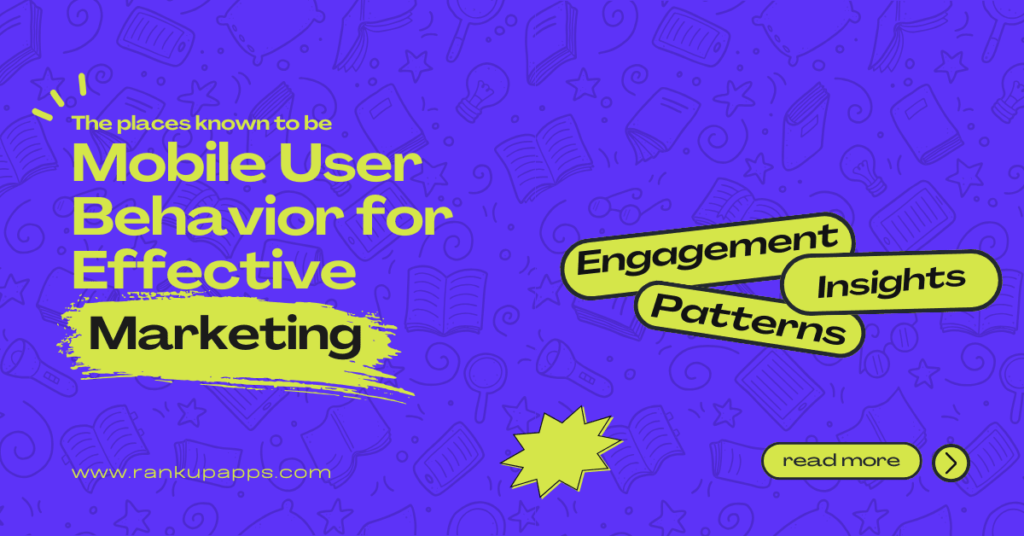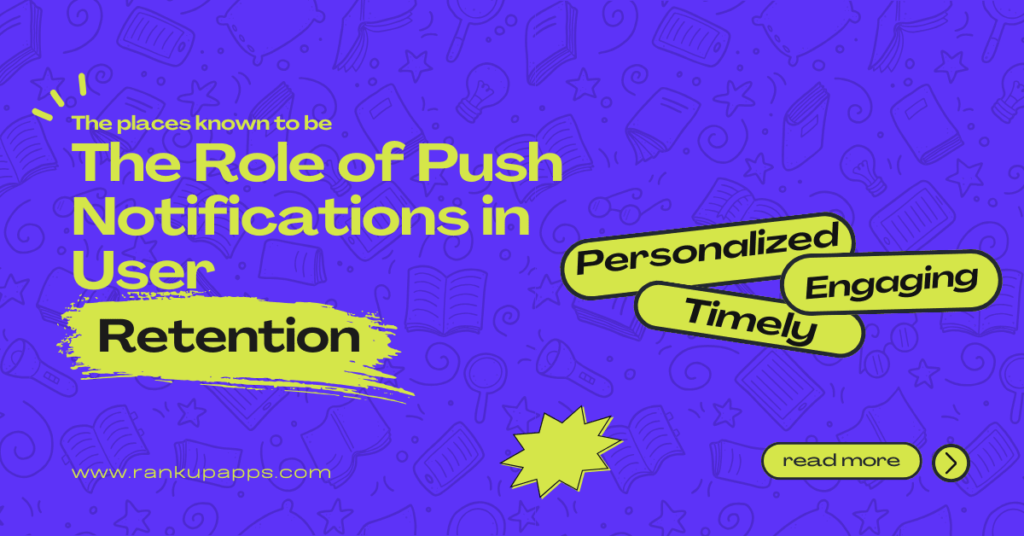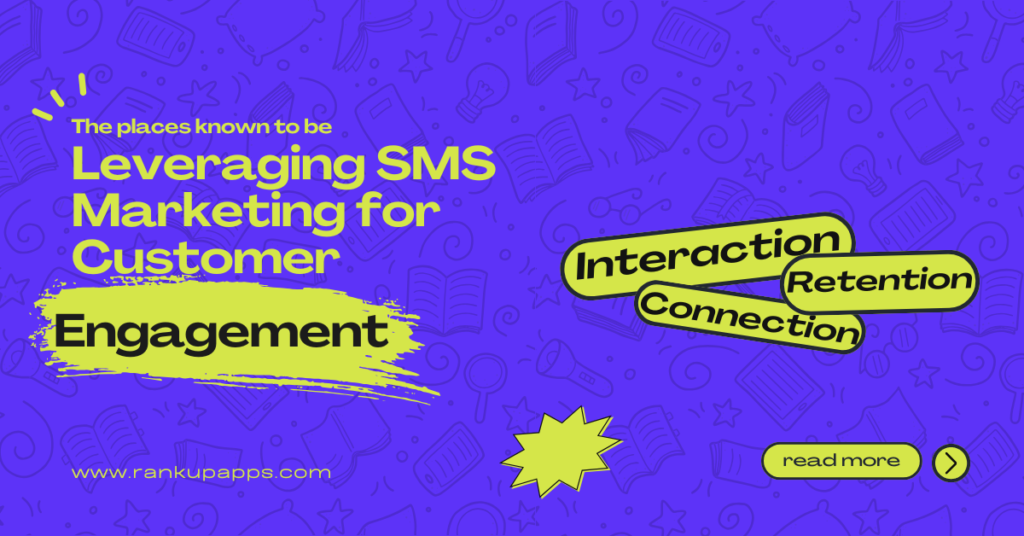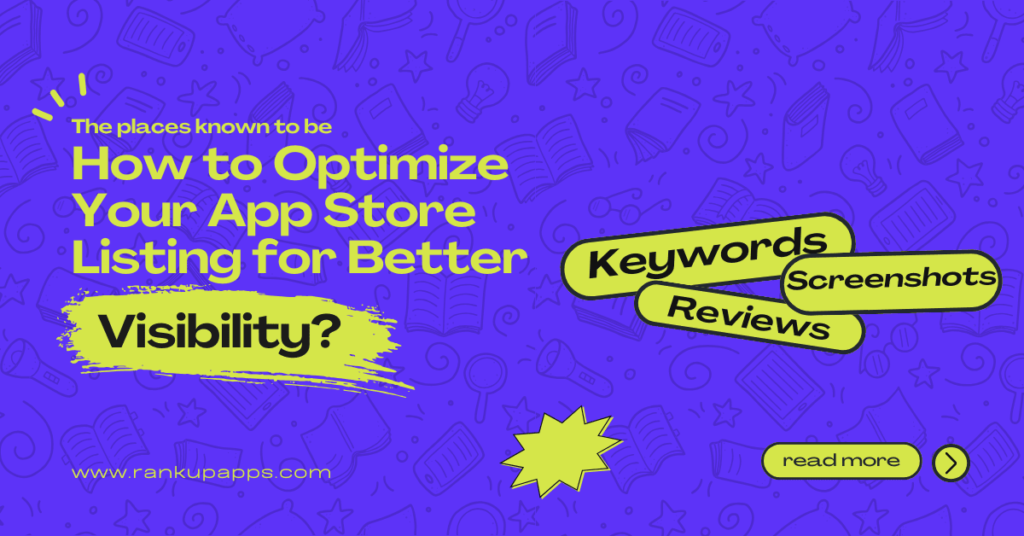Geo-Targeting Techniques to Enhance Mobile Ad Campaigns
If you are thinking about how mobile marketing will be helpful for your brand to reach out to users in the masses in a short time, then mobile marketing is not just about reaching the masses; in fact, it’s all about reaching your target audience at the right time, with the right people, and place. That’s how geo-targeting in mobile marketing plays a crucial role. We all know smartphones have become smarter in the last few years, and user data is increasing daily. This blog might help you to explore more about location-based advertising and mobile ad personalization to enhance your branding. What Is Geo-Targeting in Mobile Marketing? For a clear and concise understanding of Geo-targeting in mobile marketing, it refers to the practice of delivering content or advertisement for their users based on their geographic location, and this technique allows all marketers to easily reach out in specific areas from broad regions such as; countries or cities to precise exact locations like stores or neighborhoods. Well, thanks to GPS, Wi-Fi networks, cell towers, and IP addresses, advertisers can mark the user locations in real-time and deliver better content. If you promote a local sale or offer weather-based recommendations, switch to geo-targeting in mobile marketing. It will help you understand brands, boost engagement, and increase ROI. Why Geo-Targeting Matters in Today’s Mobile Landscape? The strategic advantage of mobile marketing geo-targeting lies in its practicality to blend context with the most relevant needs. In a world where users are bombarded with content daily, the key to cutting through the noise and making your ads effective is to make them feel relevant to the user’s immediate surroundings. Please find the best location-based advertising and check the user behavior. It allows marketers to customize offers and experiences entirely based on proximity to a store, event, or location of interest. This level of mobile ad personalization makes stronger connections with consumers. The Geo-Targeting Techniques to Boost Mobile Ad Campaigns Geofencing Radius Targeting The most famous and influential method of geo-targeting in mobile marketing is geofencing. This technique allows all the advertisers to draw a virtual perimeter around a particular location and provide ads to users when they enter that area. For example, a coffee shop can use geofencing to send push notifications with eye-opening discounts to people walking within a 200-meter radius. This technique enhances foot traffic and is a prominent example of how location-based advertising drives real-world action. Geoconquesting Get the strongest and most potent form of geo-targeting in mobile marketing, where businesses often target current and existing users who enter the most competitive location. It is an aggressive but quite effective strategy that boosts users to consider alternative options. Suppose a pizza company offers exclusive offers to customers who just entered a rival outlet. When timed right, mobile ad personalization, with the help of geoconquesting, can easily redirect customers and win business at a high margin from competitors. Beacon Technology These are the small devices that target Bluetooth to detect smartphones nearby. This method is ideal for hyper-local geo-targeting in mobile marketing, especially within indoor spaces like nearby malls or retail stores. Also, retailers can use beacons to send customers personalized offers and product details so that they can browse products and services more easily. This level of strategy, with the help of location-based advertising, not only enhances the shopping experience but also increases the likelihood of a better conversion rate. Location Based Keyword Targeting The geo-targeting in mobile marketing also includes optimizing for location-based keywords, with mobile search dominating consumer behavior. In terms of “near me” or targeting specific cities for better search phrases in mobile PPC campaigns to ensure that your ads are easily visible to local users actively looking for products and services of their choice. It supports mobile ad personalization for presenting content that aligns with the user’s intent and tracking location. What Are the Benefits of Geo-Targeting in Mobile Marketing? Geo-targeting in mobile marketing offers a wide range of benefits, such as: Improved Relevance: Ads are tailored specially for the user’s location, and they feel more personalized and more likely to reverberate. Higher Engagement Rates: Sometimes, users are more willing to engage with ads that relate to their surroundings. Efficient Ad Spend: Brands should focus more on budgets when high-value areas are needed, ensuring better ROI. Increased Foot Traffic: For better location, geofencing and beacons help drive users from digital spaces to physical locations. Actionable Insights: Track user behavior according to user location to reveal valuable trends for future actionable insights. The Future of Mobile Ad Personalization with Geo-Targeting The future of geo-targeting in mobile marketing is promising, with AI and machine learning set to make it even smarter. The focus will shift from location to the target audience’s context, intent, and historical behavior. Hyper-personalization will soon transcend the ‘where’ and ‘where next’ to deliver content that truly resonates with the user. Mobile ad personalization, driven by the importance of geo-targeting, empowers brands to anticipate user requirements and deliver relevant and timely content. This power to meet consumer expectations will continue to evolve, with location-based advertising and mobile ad personalization remaining at the heart of high-performing campaigns. Conclusion By adopting the right geo-targeting in mobile marketing techniques, brands can reach users in the most impactful moments, offer real value, and drive meaningful results. Always meeting consumer expectations evolves, and location-based advertising and mobile ad personalization will remain at the heart of high-performing campaigns. Start small, test continuously, and prioritize the user experience to make your audience feel valued and considered. People also ask






